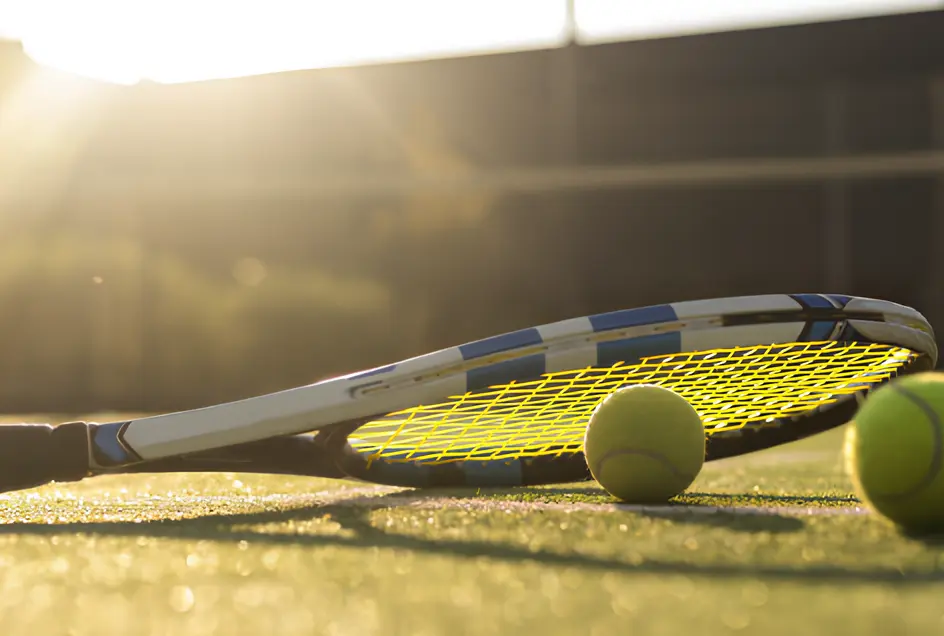Tennis is an exciting sport that challenges both the mind and body. Whether you’re looking to improve your overall fitness or simply enjoy a fast-paced game, tennis offers a wide range of benefits. For newcomers, understanding the fundamentals—such as proper equipment, basic techniques, and mental preparation—can make the learning process smoother and more enjoyable. Below is a detailed guide to help you take your first steps onto the court with confidence.
Choose the Right Equipment
Your tennis journey begins with selecting the right racket. Factors like grip size, weight, and balance point play crucial roles in providing comfort and reducing the risk of injury. When you visit a sports store, ask for assistance in measuring your hand to find the correct grip size. A slightly lighter racket is generally more suitable for beginners, as it allows for better control. Additionally, opt for tennis balls that are designed for new players—these often bounce more slowly and help you develop your stroke without being overwhelmed by speed.
Understand Different Court Surfaces
Tennis can be played on several types of surfaces, including hard courts, clay courts, and grass courts. Each surface influences how the ball bounces and how quickly it travels. Hard courts are typically the most common and a great place for beginners to practice because the bounce is more predictable. Clay courts slow the ball down and can help develop better footwork, whereas grass courts are faster and require more precise timing. Familiarizing yourself with these variations can broaden your overall skill set.
Master the Fundamental Strokes
Learning to serve effectively is a cornerstone of tennis. A strong serve puts you in a commanding position from the start of each point. Focus on proper foot alignment, tossing the ball at the right height, and accelerating the racket upward to generate power. Apart from serving, forehand and backhand shots are essential. The forehand is executed with your palm facing the net, while the backhand uses the opposite side of the racket. Both require a firm wrist and proper weight transfer from your back foot to your front foot to maximize control and power.
Focus on Fitness and Footwork
Tennis is a demanding sport that requires agility, stamina, and coordination. Incorporating regular running, interval training, and strength exercises into your routine will help boost your endurance on the court. Footwork drills—like side shuffles, quick sprints, and crossover steps—are also vital for improving your speed and court coverage. Always include a warm-up and cool-down in your training to reduce the risk of injuries and keep your muscles in optimal condition.
Mental Preparation and Consistency
A successful tennis match relies on more than physical prowess. Mental fortitude is equally crucial for maintaining focus and composure. Practice breathing techniques, visualization, and relaxation exercises to help manage in-game stress. As you progress, consider recording your practice sessions or playing with more experienced players to identify areas needing improvement. Analyzing your mistakes and consistently working on your weaknesses will accelerate your skill development.
By combining disciplined training, a strategic approach to equipment selection, and a calm yet determined mindset, you can steadily advance in tennis. Take lessons from a qualified coach if possible, as personalized feedback often speeds up improvement. With patience and persistence, you’ll be serving aces and confidently rallying on the court in no time.

